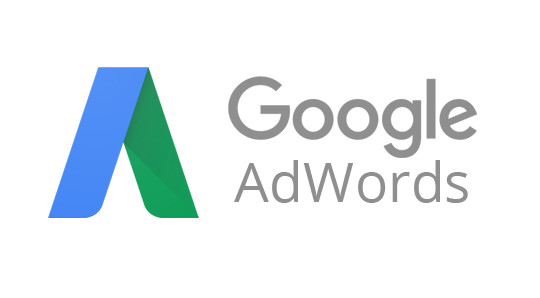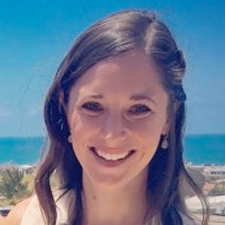
Every once in a while, the Google-savvy PR practitioner will sit back and ponder the way we used to do things a scant few years ago, and marvel at how far we’ve come. Not to mention the time we used to waste doing things the dumb way. No fault of ours, necessarily—in many cases, the smart way didn’t exist yet, and Google had to invent it. But such daydreaming sometimes elicits fears that we are behind the curve, in some way, right now—and thus wasting precious time unawares.
With this in mind, we asked Katy Martin, senior account manager at Google, who chiefly works with large customers within consumer electronics verticals, to imagine a time-travel scenario: If she were talking to herself a year in the past and had to get that self up to date with AdWords, what would be the main takeaway?

“Well, we’re rolling out a new interface so it complicates the question,” begins Martin. The new AdWords experience is in the process of a relaunch—it’s in beta as of this conversation. The goals of this redesign? “We hadn’t made changes to the old interface for eight or nine years,” says Martin, so chiefly Google is trying to get AdWords “in line with people’s goals and bring mobile to the forefront.” AdWords was originally built for a desktop-centric world, she notes.
So what does that mean for the hypothetical conversation with the person in the past? Far better than anything she could say in words, according to Martin, would be to encourage this person to “start by thinking about your business goals and then spend time just exploring the interface. Until you put your hand on the mouse and get a sense of what’s available to you,” it’s hard to appreciate what AdWords can do, she says. So much of the redesign is around user experience that it only makes sense to, well, experience it.
But to get specific, one thing comes quickly to Martin’s mind: automated bidding. “With one of my clients, their big goal is sales, just like most brands, and they have a small marketing team, not an agency,” she says. “One of their chief concerns is, how can they drive increased sales and simplify their lives while doing so?” Automation is a huge contributor to that. The Target CPA tool, for example, takes your target cost-per-acquisition and automatically finds an ideal cost-per-click bid for your ad each time it’s eligible to appear.
Martin’s recommended reading on changing your bidding strategy:
- About AdWords Smart Bidding: bit.ly/2vXTOgc
- About Target ROAS Bidding: bit.ly/2uyniSt
- Find Your Bid Strategy Status: bit.ly/2tAJtpM
One other area Martin is focused on is attribution. Data-driven attribution (DDA) was first introduced to AdWords in May 2016, and in spring 2017, Google had the numbers to say with confidence that DDA usually delivers more conversions (at a similar cost-per-conversion) when compared to last-click attribution. “We’re talking about how to give incremental value to each of the steps” in the conversion process, Martin says, and use those measurements to inform your strategy.
Martin’s recommended reading on attribution:
- About Data-Driven Attribution: bit.ly/2prUxY7
- About Attribution Models: bit.ly/2uWPMaT
Katy Martin will be talking more about what’s coming next for Google at the PR News Boot Camp: Google for Communicators, Aug. 9 in San Francisco. Don’t miss her or fellow presenters from Vanguard, IBM, Yelp, Macy’s and many more.
Now, How About YouTube?
Turning now to the elephant-sized video outlet in the room, Martin says “the biggest thing that has come to YouTube is six-second ads,” referring to the super-short format first launched in mid 2016. It’s a format that is seeing more and more adoption based on its success—and on the fact that YouTube will be phasing out unskippable 30-second ads in 2018, so brands had better start thinking shorter.
“This also goes back to the mobile-first theory,” Martin says. “We’re trying to make everything we launch with mobile at the forefront.” Naturally, people have even less patience for long ads on mobile than on desktop. So how can brands get really creative and pack everything in? “Making an impact in six seconds can be a challenge, but we’ve seen creative executions,” Martin says, pointing to a recent trend of movie trailers leading off with a mini trailer, and to this ThinkWithGoogle guide.
But the idea isn’t just a simplistic “six seconds is better than 30 seconds.” Says Martin, “the idea is it’s part of the larger video strategy. Complement longer video with shorter video and think holistically about video strategy as a brand. There’s a way in which to distribute content of varying lengths across different platforms” and for different purposes. But if you all you want is to get out a very broad message, you could certainly do worse than a well-executed six-second ad.
Follow Ian on Twitter: @ianwright0101
Article source: http://www.prnewsonline.com/adwords-youtube-katy-martin
